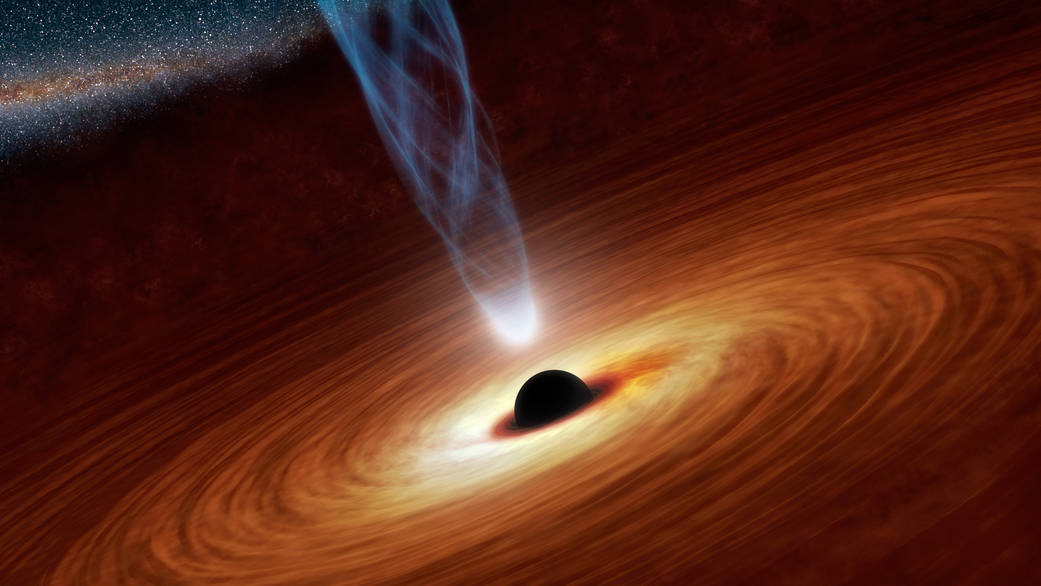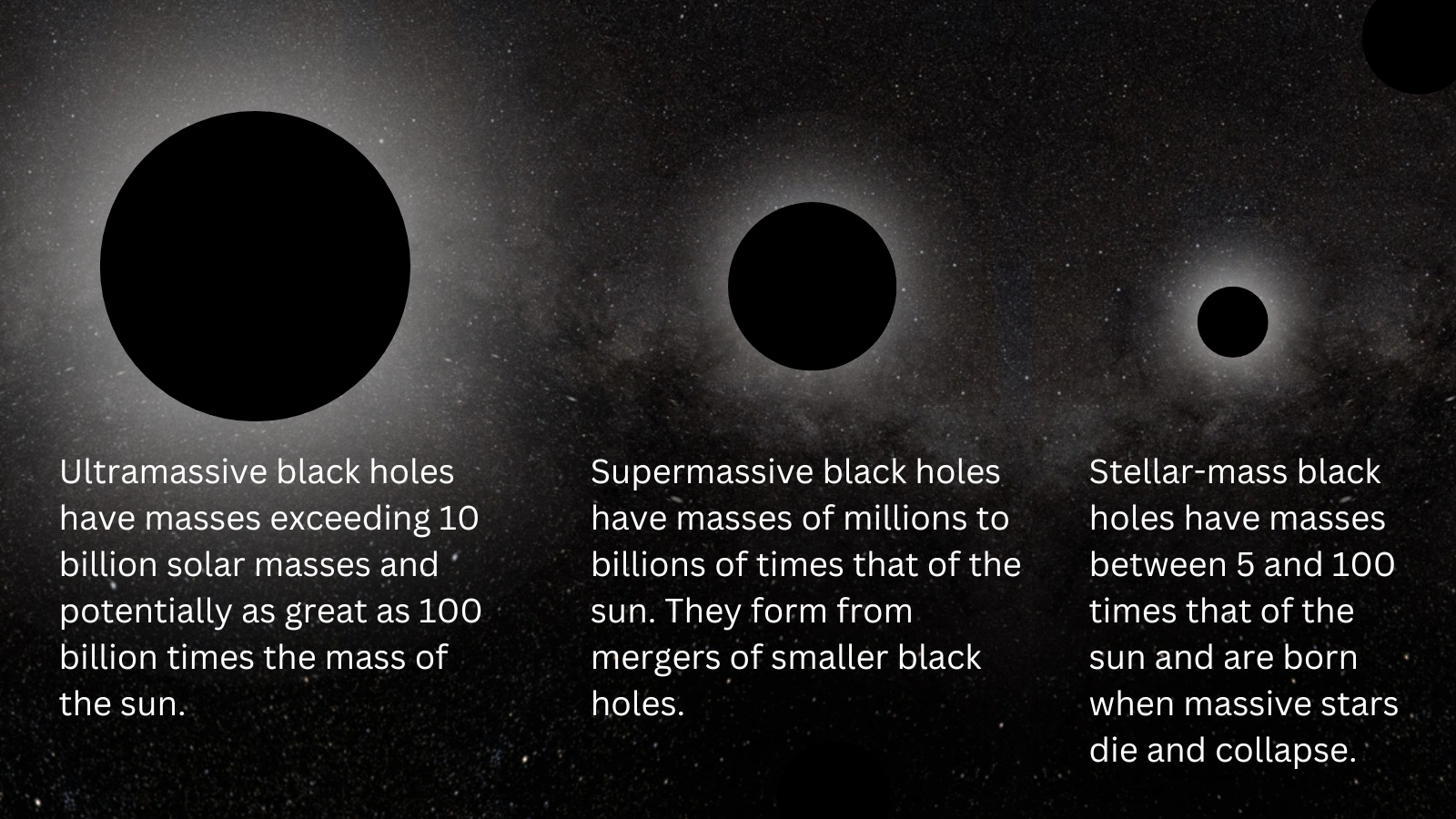A group of astronomers has observed a supermassive black hole close to Earth expelling jets of matter at almost the speed of light. These jets reveal a struggle for dominance between magnetism and gravity. This discovery could provide researchers with a better understanding of how black holes consume matter and produce powerful jets that extend far beyond their host galaxies. The astronomers observed the center of the radio galaxy 3C 84, also known as Perseus A, which is powered by a feeding supermassive black hole, using the Event Horizon Telescope (EHT). The EHT, a global network of connected radio dishes, captured the first-ever images of a black hole. Perseus A, a strong radio wave source, is associated with the core of the active galaxy NGC 1275, the central galaxy in the Perseus supercluster, located 230 million light-years from Earth. It may seem like a vast distance, but this newly observed object is one of the closest supermassive black holes to our planet. Jae-Young Kim, an associate professor of astrophysics at Kyungpook National University in South Korea, and a member of the study team, stated, “The radio galaxy 3C 84 is particularly interesting for the challenges it presents in detecting and accurately measuring the polarization of light near its black hole. The EHT’s exceptional capability to penetrate the dense, interstellar gas marks a groundbreaking advancement for precisely observing the vicinity of black holes.” The EHT’s investigation of Perseus A does not mark the first time it has studied the powerful magnetism or gravity of a supermassive black hole, which are two of the universe’s four fundamental forces. After the telescope initially imaged the supermassive black hole at the center of the galaxy Messier 87 (M87), it also captured the polarization of light around this massive black hole, which is as heavy as 6.5 billion suns. This work offered insights into the polarizing magnetic fields around M87’s central black hole. In the new research, the EHT observed polarization around the Perseus A black hole, indicating a well-organized magnetic field in its immediate vicinity. These magnetic fields demonstrate their power by overcoming the immense gravity of the black hole in the radio galaxy 3C 84, which is estimated to have a mass 40 million times that of the sun, to launch jets at high speeds. Georgios Filippos Paraschos, the team leader from the Max Planck Institute for Radio Astronomy (MPIfR) in Germany, added, “Besides providing first images of black holes, the EHT is supremely suitable to observe astrophysical jets of plasma and their interplay with strong magnetic fields. Our new findings provide new evidence that an ordered magnetic field extends throughout the heated gas enveloping the black hole.” As matter falls toward the black hole, it forms an “accretion disk” around the object that is strongly magnetized. As this disk rotates, the magnetic field lines within it twist, becoming tightly wound, which inhibits efficient release of magnetic energy. The EHT’s observations of the rapidly spinning Perseus A supermassive black hole and its surrounding “magnetically arrested disk” indicate that the speed at which a black hole rotates could be linked to its capacity to launch jets. This suggests that while these jets signify the victory of magnetism over gravity, they might be receiving support in the form of “external interference” from angular momentum. A more thorough investigation and the application of Einstein’s 1915 theory of gravity, general relativity, may help determine if this is the case. Maciek Wielgus, a researcher at MPIfR, stated, “Why are black holes so good at producing powerful jets? This is one of the most fascinating questions in astrophysics. We expect that general relativistic effects occurring just above the black hole’s event horizon may be the key to answering this question. Such high-resolution observations are finally paving the way towards an observational verification.” The EHT made detailed observations of this black hole and its jets using a technique called very-long-baseline interferometry (VLBI), which allows an image to be created by combining signals from multiple telescope observations of the same object. The EHT comprises an array of individual telescopes across the globe that merge to form a single Earth-sized instrument. “We are extremely excited, because these results are a significant step towards understanding galaxies such as 3C 84,” stated Anton Zensus, director of the MPIfR and head of its Radio Astronomy/VLBI research department. “Together with our international partners, we are striving to improve the capabilities of the Event Horizon Telescope to enable even more detailed insight on jet formation around black holes.” The team’s research was published online Thursday (Feb. 1) in the journal Astronomy and Astrophysics.  Artist’s illustration of a supermassive black hole emitting a jet of energetic particles. (Image credit: NASA/JPL-Caltech)”
Artist’s illustration of a supermassive black hole emitting a jet of energetic particles. (Image credit: NASA/JPL-Caltech)”
Event Horizon Telescope witnesses the eruption of jets from a nearby supermassive black hole














